I think dynamic sql is the only way to go in this case, since the exact number of pivoted columns is unknown. You might as well have a look here:
DECLARE @query AS NVARCHAR(MAX)
DECLARE @ColumnName AS NVARCHAR(MAX)
-- A nested query is used here to generate the required sequence for the column names of the
-- pivoted columns, i.e. [container1],[container2],[container3],[container4],[container5],[container6] etc.
SELECT @ColumnName= ISNULL(@ColumnName + ',','') + QUOTENAME(PivotColumnName)
FROM (SELECT bol_key, containerId, 'container' + CONVERT(VARCHAR(10), rn) AS PivotColumnName
FROM (
SELECT bol_key, containerId, ROW_NUMBER() OVER (PARTITION BY bol_key ORDER BY containerId) AS rn
FROM containertbl
) t ) s
--Prepare the PIVOT query using the columns names calculated
SET @query =
N'SELECT bol_key, ' + @ColumnName + '
FROM (SELECT bol_key, containerId,' + CHAR(39) + 'container' + CHAR(39) + ' + CONVERT(VARCHAR(10), rn) AS PivotColumnName
FROM (
SELECT bol_key, containerId, ROW_NUMBER() OVER (PARTITION BY bol_key ORDER BY containerId) AS rn
FROM containertbl) t ) s
PIVOT(MAX(containerId)
FOR PivotColumnName IN (' + @ColumnName + ')) AS PvtTable'
--Execute the dynamic pivot query
EXEC sp_executesql @query
SQL Fiddle here

